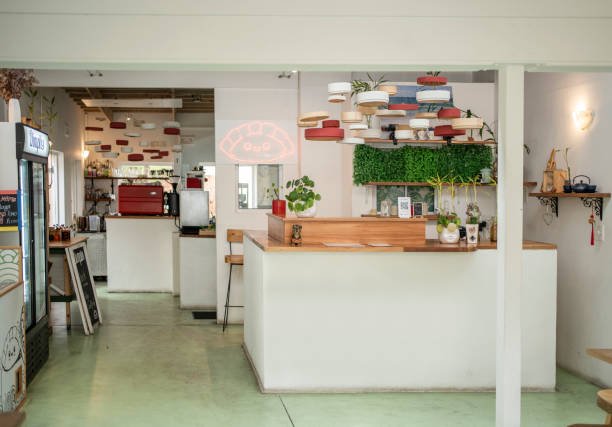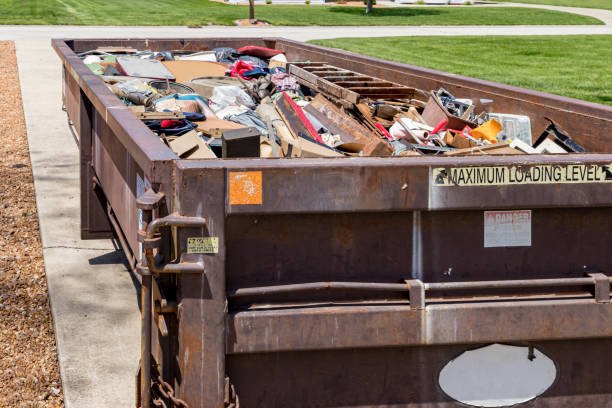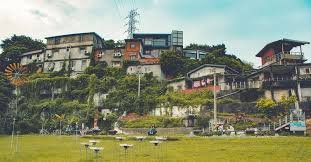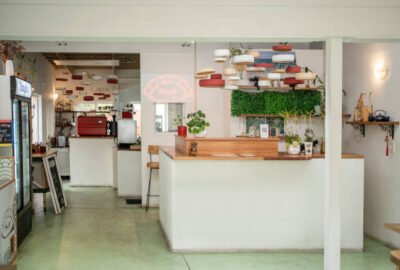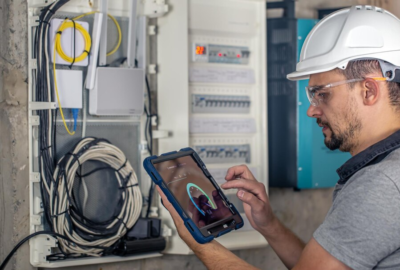How to Create Flat Lay Photos
Flat lay photography has become increasingly popular in recent years, thanks to its aesthetic appeal and versatility. Whether you’re showcasing products for an online store, creating engaging social media content, or simply expressing your creativity, mastering the art of flat lay photos can make a significant difference. In this article, we’ll delve into the intricacies of creating compelling flat lay photos, covering everything from setup to composition and post-processing.
Table of Contents
Understanding Flat Lay Photography
Flat lay photography is a style where items are arranged and photographed from an overhead perspective. The goal is to create visually appealing and well-organized compositions that tell a story or convey a specific theme. This technique is widely used in various industries, including e-commerce, lifestyle blogging, and social media marketing.
Essential Equipment
Before diving into the process, it’s essential to gather the right equipment. While flat lay photography doesn’t require an extensive array of tools, having the following items can significantly enhance the quality of your shots:
1. Camera:
Invest in a decent camera with manual settings or a high-quality smartphone with a good camera. This will give you control over exposure, focus, and other crucial aspects of your photographs.
2. Tripod:
Stability is key in flat lay photography. A tripod helps maintain a consistent angle, especially during extended shooting sessions, reducing the risk of shaky images.
3. Backdrop:
Choose a backdrop that complements the theme or mood you want to convey. Seamless paper, wooden boards, or even fabrics can serve as effective backdrops.
4. Props and Accessories:
Collect a variety of props and accessories relevant to your subject matter. These can include stationery, plants, textiles, or any items that enhance the visual appeal of your composition.
Setting Up Your Flat Lay Scene
Creating a captivating flat lay photo begins with a well-thought-out setup. Follow these steps to achieve a visually appealing arrangement:
1. Choose a Theme:
Decide on a theme or concept for your flat lay. Whether it’s a seasonal theme, a specific color scheme, or a product showcase, having a clear idea will guide your arrangement.
2. Arrange Your Props:
Start by placing larger items first and then fill in the gaps with smaller accessories. Pay attention to balance and spacing to create a harmonious composition.
3. Experiment with Angles:
Test different angles to find the most visually pleasing perspective. The overhead angle is typical for flat lay photos, but don’t be afraid to experiment with slight tilts or variations.
4. Consider Lighting:
Natural light is often the best choice for flat lay photography. Set up near a window or use diffused artificial light to avoid harsh shadows. Experiment with the direction of light to highlight specific elements.
Composition Tips for Stunning Flat Lay Photos
Achieving a visually striking flat lay goes beyond arranging items randomly. Consider the following composition tips to elevate your photos:
1. Symmetry and Balance:
Aim for symmetry and balance in your composition. Create a central focal point and arrange items evenly around it to achieve a visually pleasing balance.
2. Color Harmony:
Pay attention to color schemes. Choose colors that complement each other and create a cohesive look. Consistency in color can tie the elements together seamlessly.
3. Texture Variation:
Introduce texture by using a variety of props with different surfaces. This adds depth to your flat lay and makes it more visually interesting.
4. Tell a Story:
Consider the narrative you want to convey through your flat lay. Arrange items in a way that tells a story or evokes a specific emotion.
Capturing the Perfect Shot
With your scene set and composition in mind, it’s time to capture the perfect shot. Follow these tips to ensure your photographs are sharp, well-exposed, and visually appealing:
1. Focus and Depth of Field:
Pay attention to your camera’s focus settings. Use a narrow aperture (higher f-number) to increase the depth of field, keeping more of the scene in focus.
2. Exposure Settings:
Experiment with exposure settings to achieve the right balance of light. Adjust shutter speed, aperture, and ISO to get the desired effect.
3. Use the Rule of Thirds:
Apply the rule of thirds to create a visually pleasing composition. Imagine dividing your frame into thirds both horizontally and vertically, and place key elements along these lines.
4. Take Multiple Shots:
Capture multiple shots with slight variations. This gives you options during the editing process and increases the likelihood of obtaining the perfect image.
Post-Processing and Editing
Post-processing is the final step in creating stunning flat lay photos. Even if you captured an excellent shot, a bit of editing can enhance the overall appeal. Consider the following steps:
1. Color Correction:
Adjust the color balance to ensure a consistent and pleasing tone throughout the image. Correct any color casts that may have occurred during the shoot.
2. Contrast and Brightness:
Fine-tune contrast and brightness to add depth and make your flat lay pop. Be careful not to overdo it; subtlety is often key.
3. Sharpness and Clarity:
Enhance sharpness and clarity to make your subjects stand out. Use these adjustments sparingly to avoid introducing unwanted artifacts.
4. Cropping and Straightening:
Crop your image to eliminate any distractions and ensure a clean composition. Straighten the image if necessary to maintain a professional look.
Conclusion
Mastering the art of flat lay photography takes practice and creativity. By understanding the essential elements, setting up engaging scenes, and applying composition and editing techniques, you can create flat lay photos that captivate your audience. Experiment with different themes, props, and styles to find your unique voice in this visually appealing form of photography. With dedication and a keen eye for detail, you’ll be creating stunning flat lay photos in no time.

